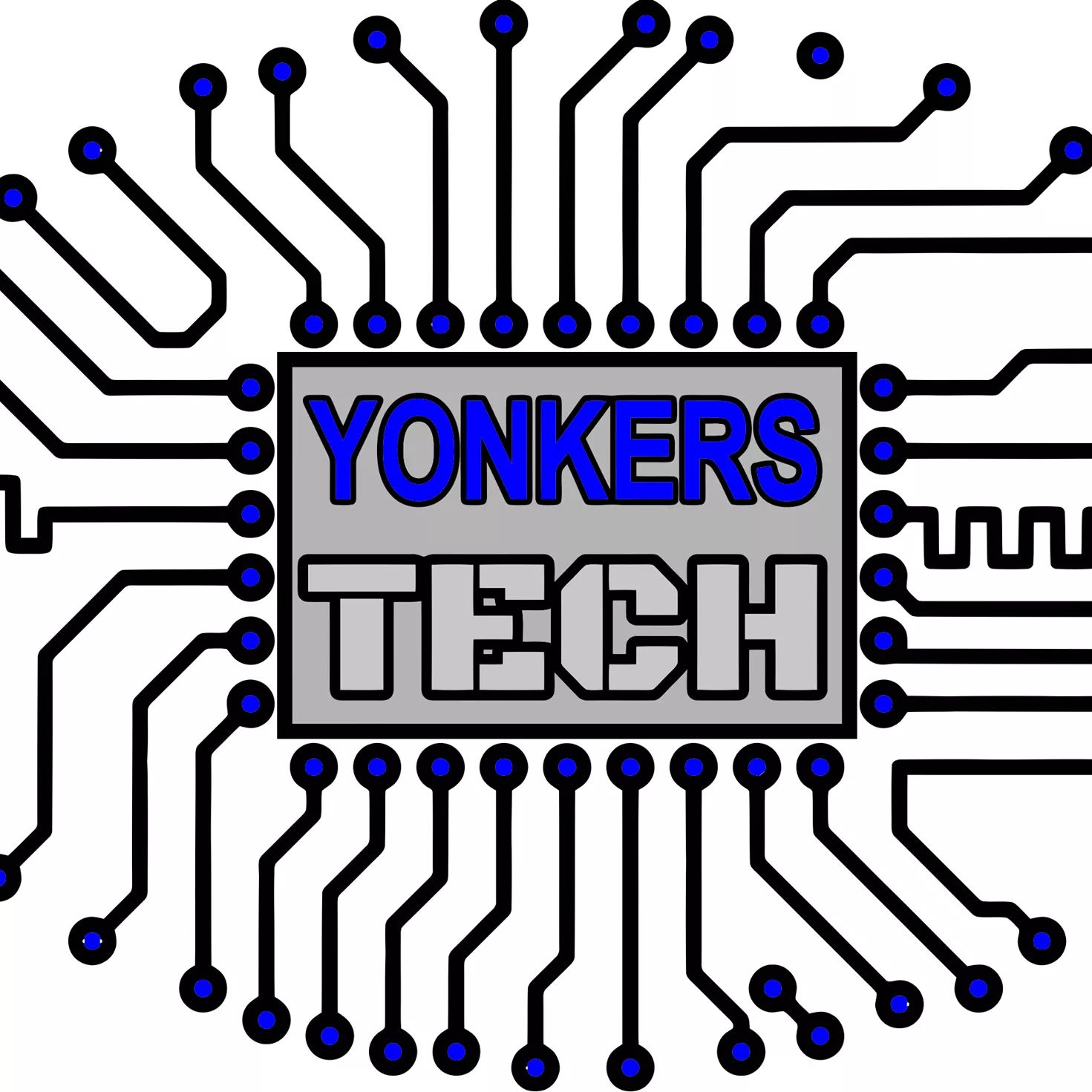Why Access Control Systems Are Essential for Security
- Yonkers Tech

- Sep 25
- 4 min read
In today’s world, securing physical spaces is more important than ever. Whether it’s an office building, a warehouse, or a residential complex, protecting premises from unauthorized access is critical. This is where premises security technology plays a vital role. Among the various tools available, access control systems stand out as a fundamental solution to enhance security, manage entry, and protect assets.

The Role of Premises Security Technology in Protecting Your Property
Premises security technology encompasses a wide range of devices and systems designed to safeguard buildings and their occupants. These technologies include surveillance cameras, alarm systems, motion detectors, and access control solutions. Each component works together to create a secure environment.
One of the key benefits of premises security technology is its ability to deter potential intruders. Visible security measures such as cameras and controlled entry points discourage unauthorized individuals from attempting to enter. Additionally, these technologies provide real-time monitoring and alerts, allowing for quick responses to security breaches.
For example, a retail store equipped with security cameras and electronic locks can prevent theft and unauthorized access after hours. Similarly, a corporate office can restrict access to sensitive areas, ensuring only authorized personnel enter.

How Access Control Systems Enhance Security and Convenience
Access control systems are a cornerstone of modern premises security technology. These systems regulate who can enter or exit a building or specific areas within it. By using electronic credentials such as key cards, fobs, or biometric data, access control systems provide a secure and efficient way to manage entry.
One major advantage is the ability to customize access permissions. For instance, employees can be granted access only to the areas necessary for their work, while visitors receive temporary access codes. This minimizes the risk of unauthorized entry and internal theft.
Moreover, access control systems offer detailed logs of entry and exit times. This data is invaluable for security audits, investigations, and ensuring compliance with safety regulations. In emergency situations, these systems can also facilitate quick lockdowns or controlled evacuations.
For those interested in upgrading their security, access control systems provide a reliable and scalable solution that integrates well with other security technologies.

What are the 4 types of access control?
Understanding the different types of access control helps in selecting the right system for your needs. The four main types are:
Discretionary Access Control (DAC)
This type allows the owner of the resource to decide who has access. It is flexible but less secure because users can grant access to others.
Mandatory Access Control (MAC)
Access is regulated by a central authority based on security policies. It is commonly used in government and military settings where strict control is necessary.
Role-Based Access Control (RBAC)
Access permissions are assigned based on the user’s role within an organization. This simplifies management and ensures users only access what they need.
Rule-Based Access Control
Access is granted or denied based on a set of rules, such as time of day or location. This type is useful for temporary or conditional access scenarios.
Each type has its advantages and is suited for different environments. For example, RBAC is popular in corporate offices, while MAC is preferred in high-security facilities.
Practical Benefits of Implementing Access Control Systems
Implementing access control systems offers numerous practical benefits beyond just security. Here are some key advantages:
Improved Safety: Restricting access to hazardous areas or sensitive information protects employees and assets.
Reduced Risk of Theft: Limiting entry points and monitoring access reduces opportunities for theft or vandalism.
Enhanced Accountability: Access logs provide a clear record of who entered and when, aiding in investigations.
Cost Savings: Reducing the need for physical security personnel and minimizing losses can save money in the long run.
Convenience: Employees and authorized users can enter quickly without the need for physical keys, which can be lost or duplicated.
For example, a hospital using access control can ensure that only medical staff enter operating rooms, while a school can restrict access to classrooms and administrative offices.
Tips for Choosing the Right Premises Security Technology
Selecting the right premises security technology requires careful consideration of your specific needs. Here are some tips to guide the process:
Assess Your Security Risks
Identify vulnerable areas and potential threats to determine what level of security is necessary.
Consider Integration
Choose systems that can integrate with existing security infrastructure like CCTV and alarm systems.
Evaluate Scalability
Ensure the technology can grow with your business or property needs.
Prioritize User-Friendly Solutions
Systems should be easy to use and manage for both administrators and users.
Check Compliance
Make sure the technology meets local regulations and industry standards.
Budget Wisely
Balance cost with features and long-term benefits.
By following these guidelines, you can select premises security technology that effectively protects your property and provides peace of mind.

Moving Forward with Enhanced Security Measures
Security threats continue to evolve, making it essential to stay ahead with the latest premises security technology. Investing in advanced access control systems is a proactive step toward safeguarding your property, employees, and assets.
Regularly reviewing and updating your security measures ensures they remain effective against new challenges. Training staff on security protocols and proper use of access control devices also enhances overall safety.
By embracing modern security solutions, you create a safer environment that supports productivity and peace of mind. Whether upgrading an existing system or installing new technology, the benefits of robust access control are clear and impactful.




Comments